
Saab 9-3 Saloon (2002-2011) verdict
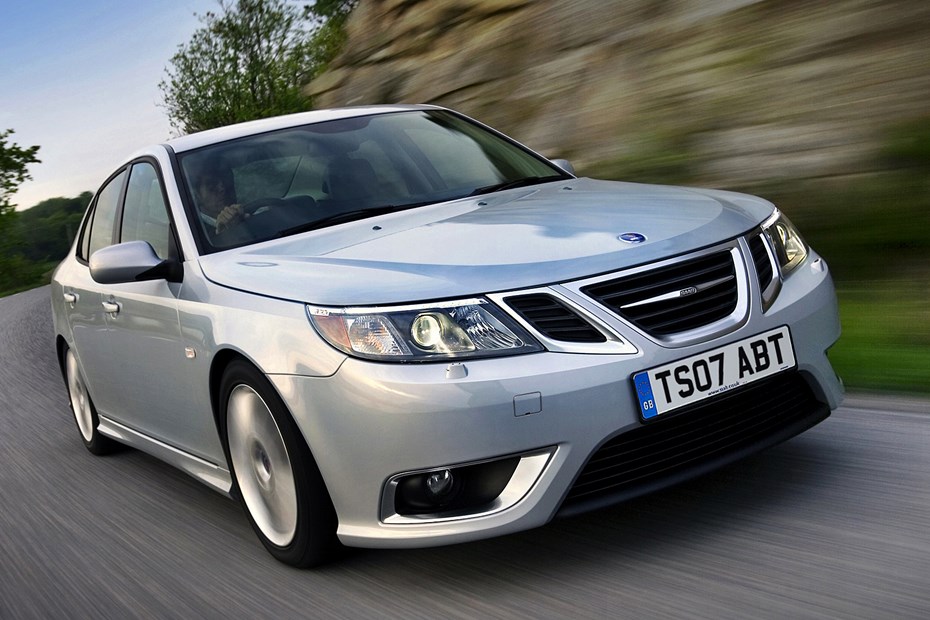
.jpg)
Should you buy a Saab 9-3?
Yes, if the price and condition are right. It’s simply a very good, well designed yet individual car, with an air of exclusivity that isn’t just about lashings of leather and wood. Like so many European firms, Saab developed cars to suit its own market, able to cope with snow, long remote roads and large wildlife with no road sense, before discovering a willing group of buyers overseas.
British drivers wanted the safe, advanced front-wheel drive cars despite import tariffs pushing the price up. This quirk of protectionist policies created a sense that Saab was a truly premium marque, and the aeronautical engineering connection, combined with a tendency for rather challenging design details, loaned an extra layer of proto-hipster prestige.
By the late ’80s, a Saab 900 Turbo was seen as a truly aspirational model for buyers looking to step away from the brash yuppie culture and crudity of models like the Porsche 911 and Sierra Cosworth. Doctors, architects and engineers were the target market; into the 1990s that image persisted even as General Motors acquired the Swedish marque and began platform sharing with of all things, the 1989 Vauxhall Cavalier.
If anything proves that how a car makes you feel is more important than the technology, this was the moment. By 2002, however, Saab was ready to release the next 9-3 based on a new, advanced GM platform, and it had taken the best of all available brands to create a full range of cars true to the brand’s heritage. Turbocharged, ecologically responsible and interesting to look at and drive, the new Saab 9-3s were an instant success.
Further reading
- Used cars content on Parkers
- Best used drivers’ cars for less than £1,000
- Best modern classics to buy and invest in
.jpg)



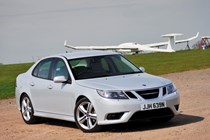
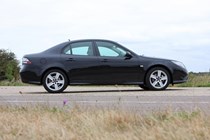
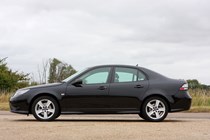
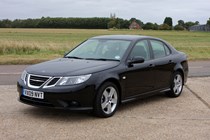

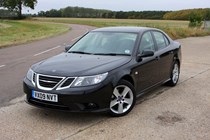


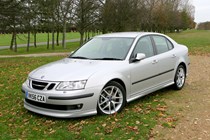
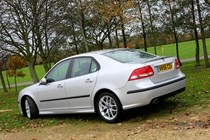
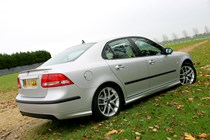

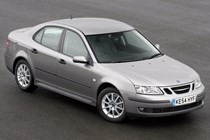
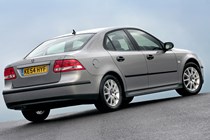
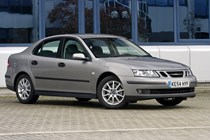
.jpg)
.jpg)
.jpg)
.jpg)



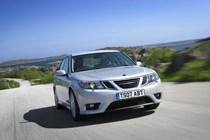
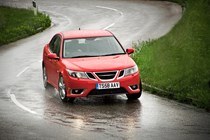
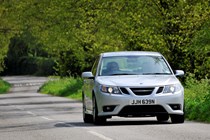
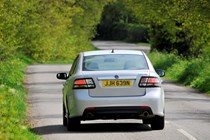
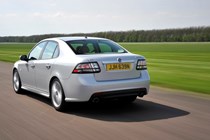
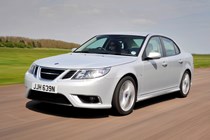
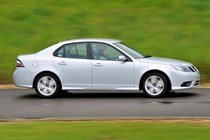

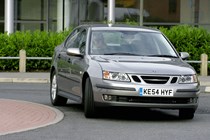
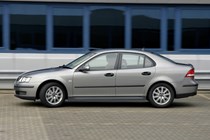
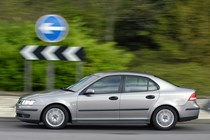
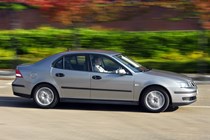

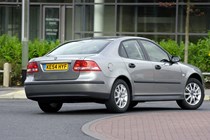
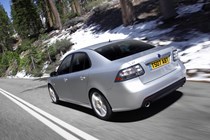
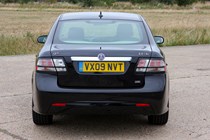
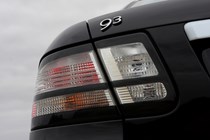
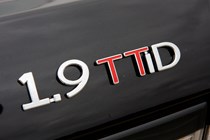
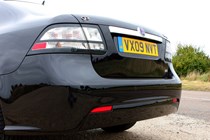
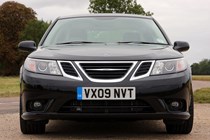
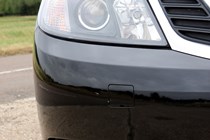
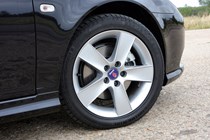
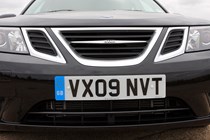
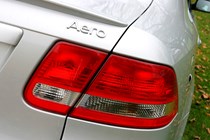

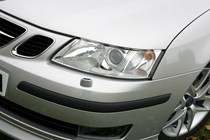
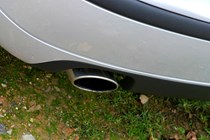
.jpg)
.jpg)
.jpg)
.jpg)
.jpg)
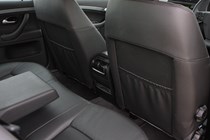
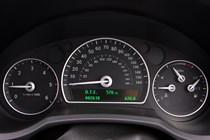
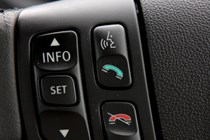
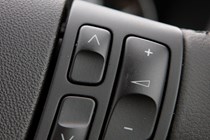
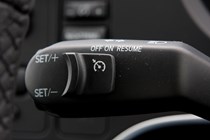
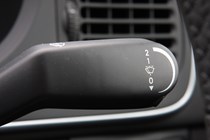
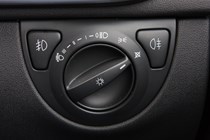
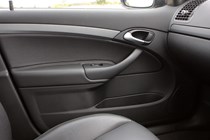
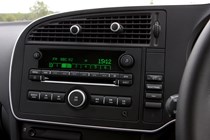
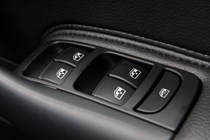
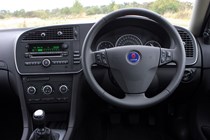
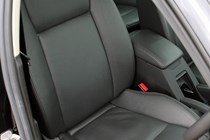
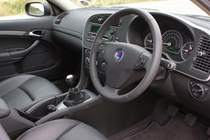

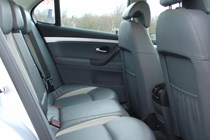
.jpg)
.jpg)
.jpg)
.jpg)
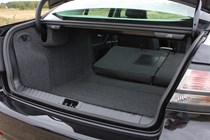
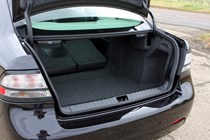

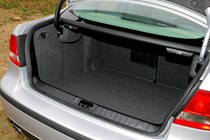
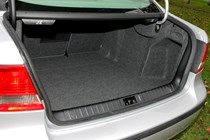
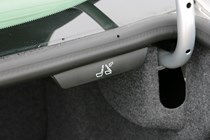
.jpg)
.jpg)
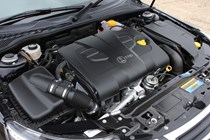
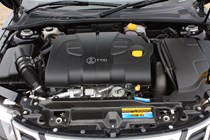
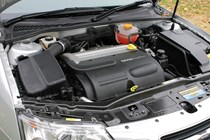
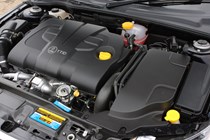

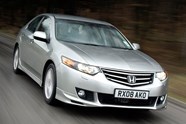
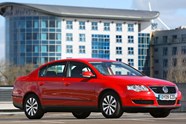
















.jpg?quality=50)
.jpg?quality=50)
.jpg?quality=50)
.jpg?quality=50)






























.jpg?quality=50)
.jpg?quality=50)
.jpg?quality=50)
.jpg?quality=50)
.jpg?quality=50)















.jpg?quality=50)
.jpg?quality=50)
.jpg?quality=50)
.jpg?quality=50)






.jpg?quality=50)
.jpg?quality=50)



